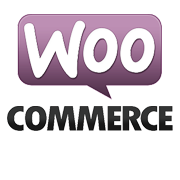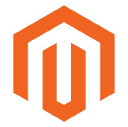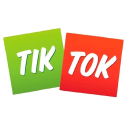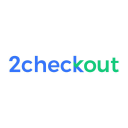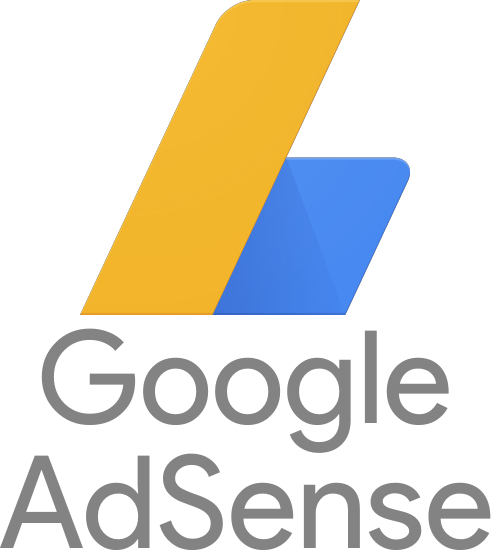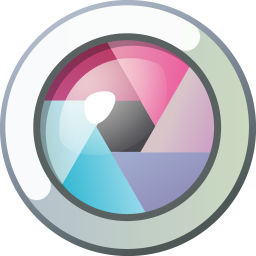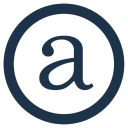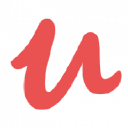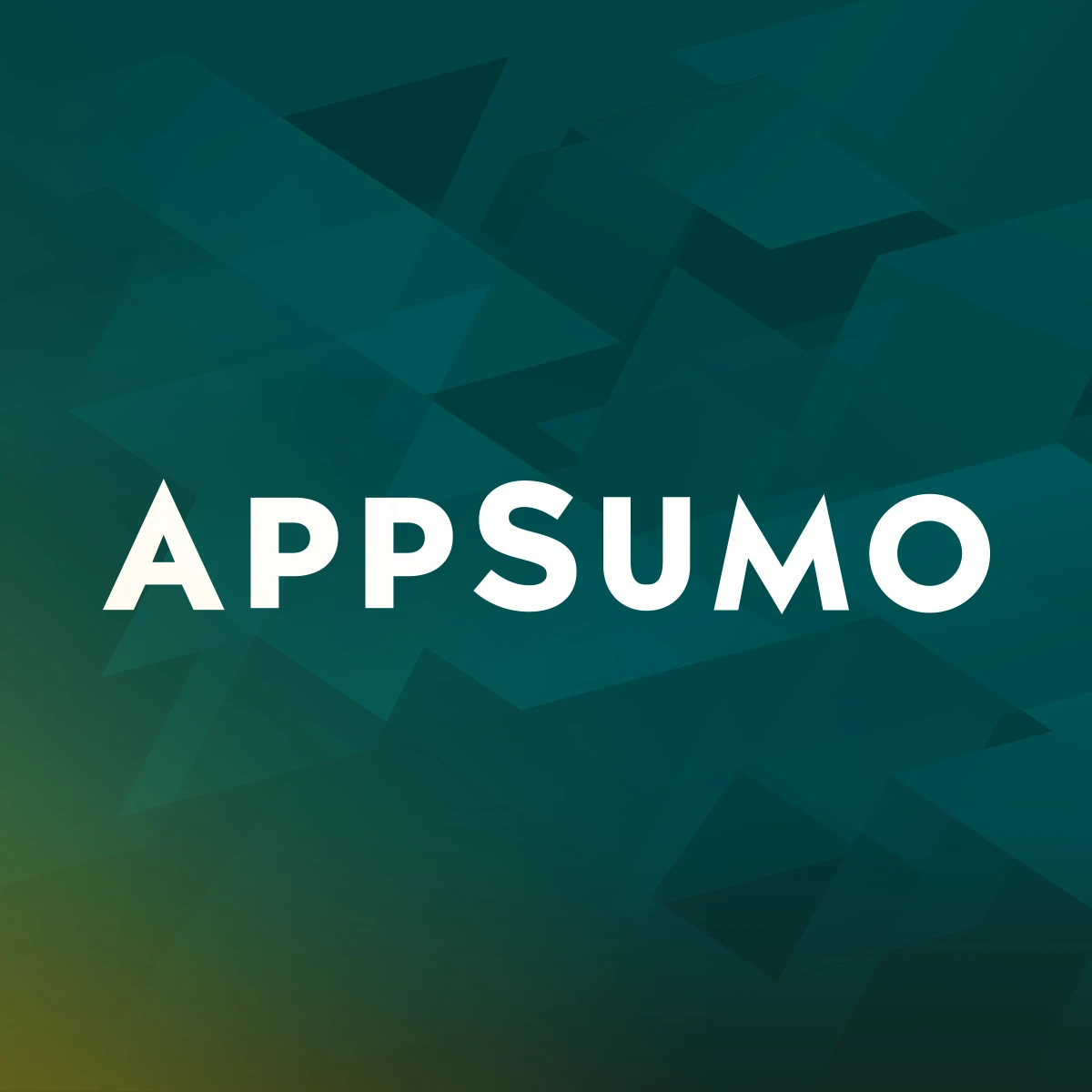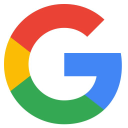How We Started A Digital Flipbook Making Tool That Makes $9.6M/Year
Hello! Who are you and what business did you start?
My name is Janina Moza, and I’m the Chief marketing officer of Flipsnack. I’ve joined the team a year after launching Flipsnack and I’ve been part of this project for almost 10 years now.
Flipsnack is an online tool that can be used by anyone to create digital flipbooks. We usually introduce our tool as one of the best online flipbook makers on the market. Flipbooks is a general term we use for any type of page-flip catalog, magazine, or any other type of publication. It’s used for a wide variety of marketing materials, such as reports, newsletters, brochures, catalogs, portfolios, and even photo albums or school projects.
Basically, everything that exists today in PDF format can turn into a flipbook, and the page flip effect will make the source material look like a real-life book or magazine.
We’ve been on the market for over 10 years now and over the past few years, we’ve increased our business revenue by over 50% year over year.

Download the report and join our email newsletter packed with business ideas and money-making opportunities, backed by real-life case studies.

Download the report and join our email newsletter packed with business ideas and money-making opportunities, backed by real-life case studies.

Download the report and join our email newsletter packed with business ideas and money-making opportunities, backed by real-life case studies.

Download the report and join our email newsletter packed with business ideas and money-making opportunities, backed by real-life case studies.

Download the report and join our email newsletter packed with business ideas and money-making opportunities, backed by real-life case studies.

Download the report and join our email newsletter packed with business ideas and money-making opportunities, backed by real-life case studies.

Download the report and join our email newsletter packed with business ideas and money-making opportunities, backed by real-life case studies.

Download the report and join our email newsletter packed with business ideas and money-making opportunities, backed by real-life case studies.

